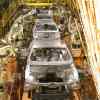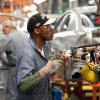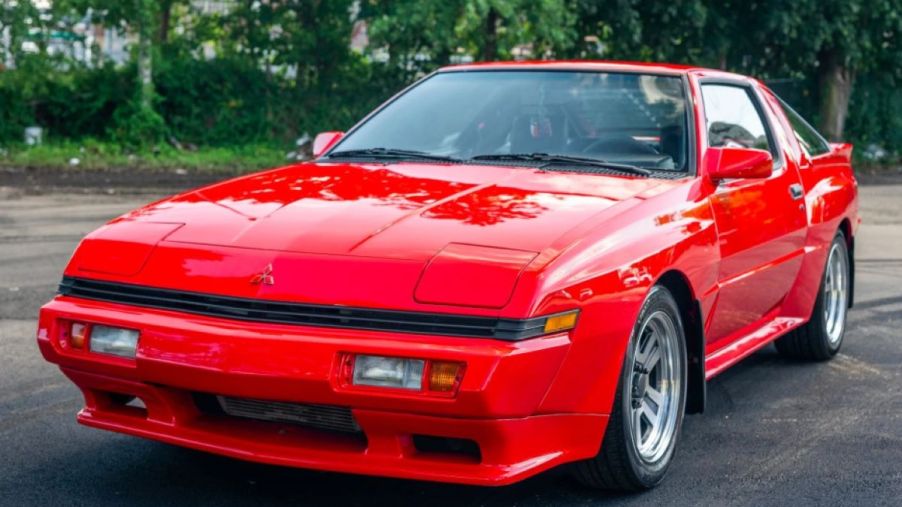
The Mitsubishi Starion: An Affordable Vintage Sports Car
Looking at your first vintage sports car purchase can seem daunting. Despite simplicities, older cars typically require more maintenance than newer ones and may often require bespoke parts. But you don’t need to break the bank to snag a classic like the Mitsubishi Starion. It’s both a piece of automotive history and an affordable sports car.
What is the Mitsubishi Starion?
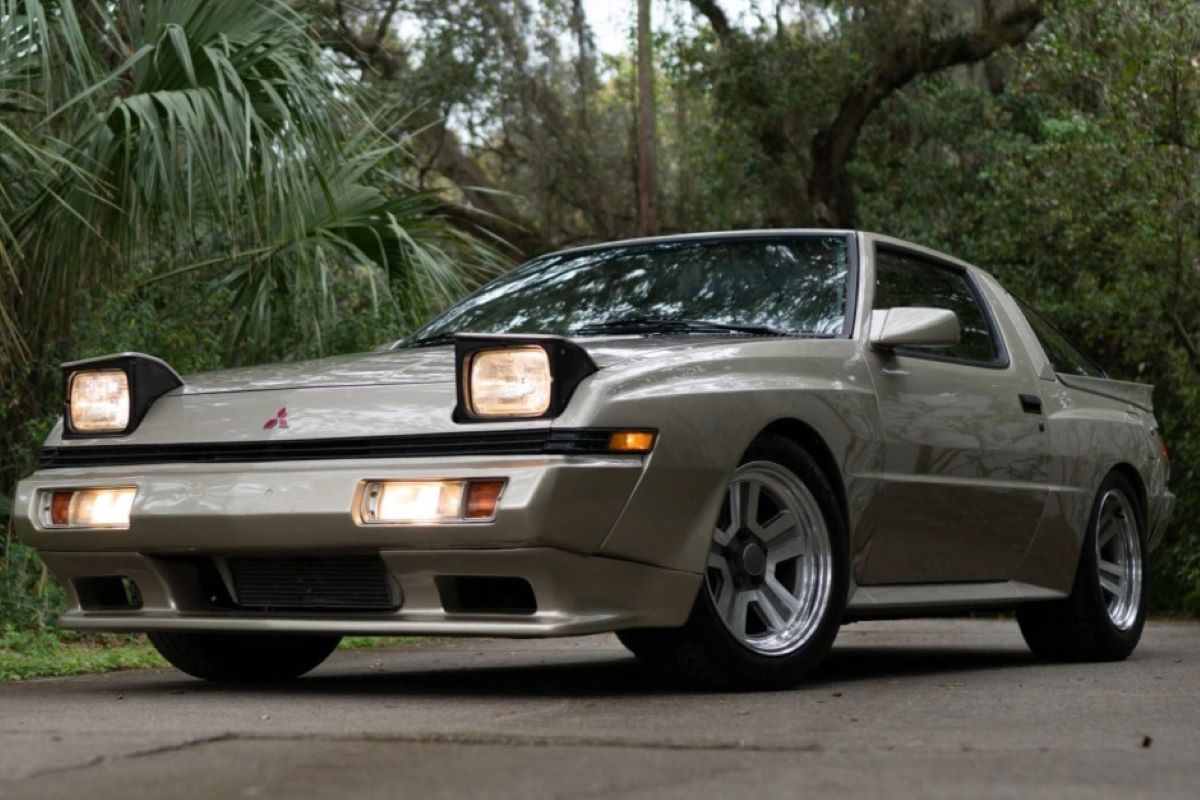
Mitsubishi began building the Starion in 1982 during a surge of Japanese grand tourers like the Toyota Supra and Nissan Z cars. The car was designed with a sleek and aerodynamic body with a low-slung hood, a sloping roofline, and a wide rear spoiler. Overall, it was heavily influenced by the Group B rally cars of the era, known for their aggressive styling and high-performance capabilities.
The 2+2 coupe also had a sporty and functional interior with bucket seats, a leather-wrapped steering wheel, and a slew of innovations. Its center console housed the car’s stereo system and climate controls, and it had a unique dashboard. Some called it quite clever, but Car and Driver called it “tacky” at the time.
The Mitsubishi Starion quickly gained a reputation for its sleek design and impressive handling, making it a popular choice globally. It initially hit the roads of Japan as the Mitsubishi Sapporo, but it was later marketed as the Starion in other countries, including Australia, Europe, and the U.S. The Starion was also an endurance and rally race winner, placing first in its class at the 1983 Paris-Dakar Rally.
Starion performance specs
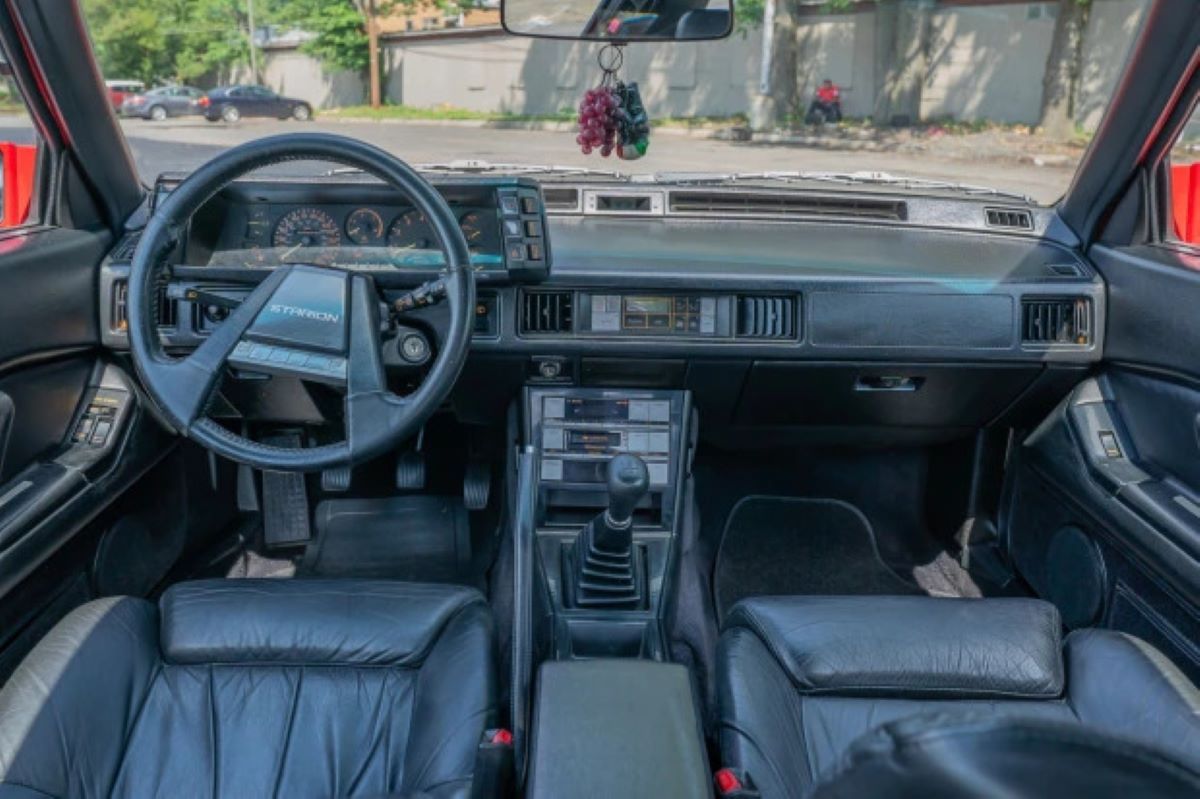
There are technically two types of Starions, a narrow-body coupe to fulfill Japanese legislative requirements and a wide-body version sold elsewhere. The skinnier Starion featured a turbocharged 2.0-liter four-cylinder, but it wasn’t available in the U.S. The bigger 2.6-liter turbo-four was set up for more low-end grunt, with 145 horsepower and 185 pounds-feet of torque, Hemmings notes.
Although the Starion was manufactured in the 1980s, it featured plenty of modern underpinnings. For example, ventilated disc brakes all around and strut independent front and rear suspension. But unfortunately, it came with gearbox steering instead of a sportier rack and pinion. The Starion was available with a four-speed automatic transmission, but most enthusiasts preferred the manual five-speed option for its engagement. For the 1986 model year, the intercooler was taken from the 2.0-liter and dropped into the 2.6-liter Starion, and the ESi-R variant boasted 176 horsepower and 223 pounds-feet of torque.
Is the Mitsubishi Starion reliable?
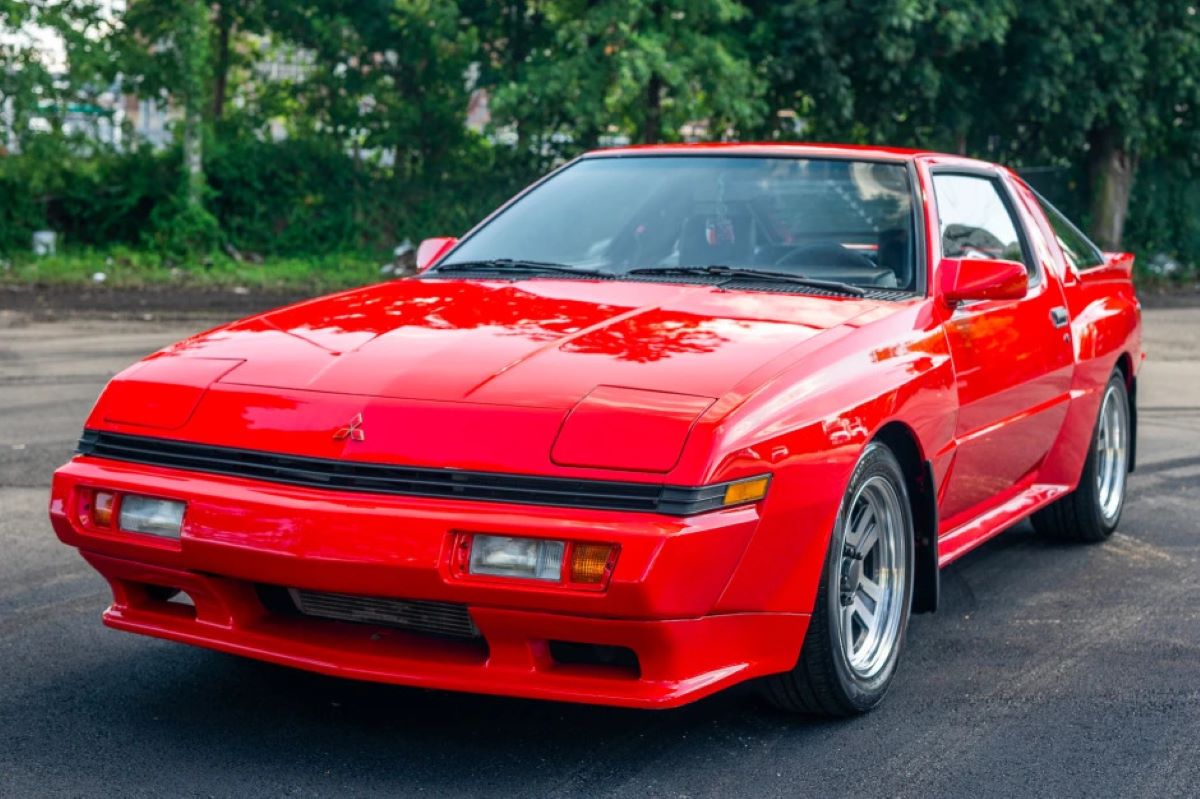
One of the biggest selling points of the Starion was its affordability. Unlike other sports cars of the era, the Starion was priced relatively low, making it accessible to a wider range of buyers. This affordability, combined with the car’s impressive performance and styling, helped to make the Starion a popular choice among car enthusiasts.
The Starion was the basis of multiple cars built by the American-Japanese duo of Diamond-Star Motors, like the Chrysler Conquest. Despite its relative obscurity, it proved its reliability to have production carried out through 1989. Ultimately, over 50,000 units hit the road.
Since so many were made, the Mitsubishi Starion presents a rather sensible vintage sports car pick, with good examples well under the $20,000 mark. But that doesn’t mean the car is perfect. One of the easiest ways to destroy a Starion’s drivetrain is putting a bigger turbo on the earlier non-intercooled engines. Yet, with light upgrades, the Starion can easily be transformed to rival late-model sports cars.
*This article has been updated*

